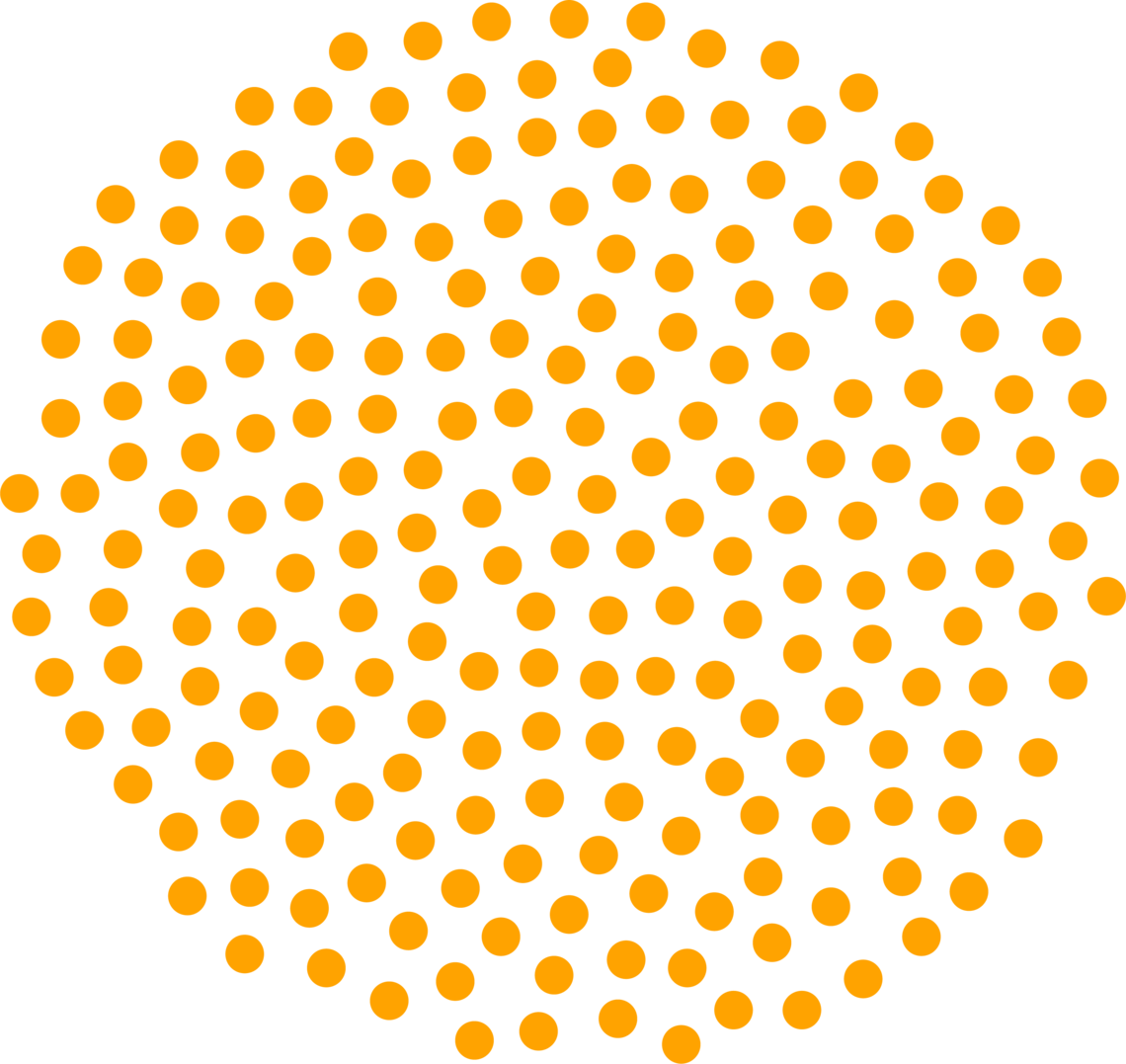Principles for Teaching in Higher Education
How do we talk about teaching and learning in higher education, and what it means to be an effective university educator?
Author: Natasha Kenny, PhD
Last updated: January 8, 2025
Developing teaching expertise is a consistent practice supported through ongoing and intentional reflection over time (Hendry & Dean, 2002; Kreber, 2002). It is an iterative journey of practice, reflection, and forward movement. What does the research say about approaches for effective teaching and learning in higher education?
These principles have been adapted from Chickering and Gamson’s (1987) seven principles for good practice in undergraduate education; Ramsden’s (2003) thirteen principles for effective university teaching; Weimer’s (2013) five key changes to practice for learner-centred teaching, Lizzio et al.’s (2002) conceptual model for an effective academic environment; Tigelaar et al.’s (2004) framework for teaching competencies in higher education; and, Devlin and Samarawickrema’s (2022) thoughtful commentary on teaching in a post-COVID higher education. They are meant to inspire further reflection and dialogue. These are not intended to be a prescriptive or straightforward list of strategies for teaching in higher education. Although the following principles are concisely presented — each is contextual and certainly more complex to put into practice.

Co-creates a Respectful and Inclusive Learning Environment
Works with students and the instructional team to collaboratively create commitments to foster a learning community of respect, care, inclusion, and belonging; shows interest in student’s opinions and concerns; seeks to understand student’s diverse backgrounds, talents, needs, prior knowledge, and approaches to learning; affirms diverse ways of knowing; encourages interaction between instructor(s) and students; exhibits respect for students, colleagues, and the profession, field, and/or discipline.
Actively Engages Learners
Ensures learning materials are current and relevant; explains material clearly, with relevant examples; provides opportunities for students to connect learning to future work, life, and academic experiences; uses a variety of methods and modalities that encourage active and deep approaches to learning, interaction, and engagement; connects meaningfully to community and industry (as appropriate); adapts to evolving learning contexts, technologies, and transformations in higher education, society, and the field, profession and/or discipline.


Communicates Clear Expectations
Makes clear the intended learning goals/outcomes and standards for performance; provides organization, structure and direction for where the course is going and how this may connect to future learning contexts (inside and outside of the classroom).
Encourages Student Independence
Provides opportunities for students to develop and draw upon their personal interests; offers choice in learning processes and modes of learning and assessment; provides timely and developmental feedback on learning; encourages self-directed learning, autonomy, and metacognition (i.e., learning about one’s own approaches to thinking and learning) to promote ongoing self-assessment of learning.


Creates and Contributes to a Teaching and Learning Community
Uses teaching methods and learning strategies that encourage relationality, mutual learning, as well as thoughtful, respectful and collaborative engagement and dialogue between all members of the course learning community; seeks feedback, input, and works with students as partners in learning; actively adjusts teaching approaches based on student feedback and input; collaborates with and supports teaching colleagues; actively contributes to curriculum conversations and activities across the program.
Uses Meaningful and Authentic Assessment Methods
Clearly aligns assessment methods with intended course outcomes and desired learning goals; designs assessments that are meaningful and relevant to the field, profession, and/or discipline; designs assessment strategies to support students learning and to promote academic integrity; provides clear criteria for evaluation; emphasizes deep learning that can be applied over time; designs learning activities to practice and receive formative feedback on what is assessed; provides opportunities for students to intentionally monitor, evaluate, and adjust their learning progress; iteratively scaffolds assessments and feedback to ensure progressive learning.


Commits to Continuous Improvement
Gathers feedback on teaching and learning approaches from multiple perspectives (e.g., self, peers, students, scholarship); practices ongoing self-reflection; draws conclusions and takes action from reflection to strengthen teaching; consults and/or engages in the scholarship of teaching and learning; engages in meaningful conversations with colleagues about teaching and learning; identifies clear goals for strengthening teaching and learning practices; adapts, innovates and responds to change and new pedagogical approaches.
Take a moment to reflect on these principles:
Which of these principles resonate most with you? Which principle most challenges you?
How do (or might) you put these principles into practice?
Based on your own context, wisdom of practice or experience, what would you add to or revise in these principles?
As you reflect on these principles, and the feedback you have received from students and colleagues, what is one of your “superpowers” or strengths as an educator?
What is one thing you may shift in your teaching and learning practices based on these principles?
How might you use these principles to inspire further conversation or dialogue with a colleague or in your local context (e.g., in a coffee conversation or with your department, faculty, or institutional community)?
References
Chickering, Arthur W, & Gamson, Zelda F. (1987). Seven principles for good practice in undergraduate education. AAHE Bulletin, 39(7), 3–7.
Devlin, M. & Samarawickrema, G. (2022) A commentary on the criteria of effective teaching in post-COVID higher education, Higher Education Research & Development, 41:1, 21-32, DOI: 10.1080/07294360.2021.2002828
Hendry,G.D.&Dean,S.J.2002. Accountability, evaluation and teaching expertise in higher education.International Journal of Academic Development,7(1),75-82.
Kenny, N. (2023). What’s changed? Research informed principles for teaching in higher education
Accessed at: https://natashakenny.ca/2023/09/01/whats-changed-research-informed-principles-for-teaching-in-higher-education/
Kreber,C.(2002).Teaching excellence,teaching expertise, and the scholarship of teaching. Innovative Higher Education,27(1),5-23.
Lizzio, Alf, Wilson, Keithia, & Simons, Roland. (2002). University Students’ Perceptions of the Learning Environment and Academic Outcomes: Implications for theory and practice. Studies in Higher Education, 27(1), 27-52.
Tigelaar, D.E.H, Dolmans, D.H.J.M, Wolfhagen, I.H.A.P, and Van Der Vleuten, C.P.M. (2004) The development and validation of a framework for teaching competencies in higher education. Higher Education, 48, 253-268.
Ramsden, P. (2003). Learning to Teach in Higher Education. New York: Routledge.
Weimer, Maryellen. (2013). Learner-centered teaching: Five key changes to practice: John Wiley & Sons.
